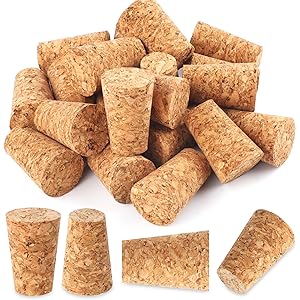Understanding Yeast Near Anus
Yeast infections can occur in various parts of the body, including the area near the anus. This condition is often caused by an overgrowth of Candida, a type of yeast that naturally resides in the body. When the balance of microorganisms is disrupted, it can lead to discomfort and other symptoms. Identifying the signs of a yeast infection near the anus is crucial for timely treatment and relief.
Symptoms of Yeast Infection Near Anus
Common symptoms of a yeast infection near the anus include itching, burning, and irritation. Individuals may also experience redness and swelling in the affected area. In some cases, a discharge may occur, which can be uncomfortable and concerning. Recognizing these symptoms early can help in seeking appropriate medical advice and treatment.
Causes of Yeast Overgrowth
Several factors can contribute to yeast overgrowth near the anus. Antibiotic use, which disrupts the natural balance of bacteria, is a common cause. Additionally, a weakened immune system, diabetes, and poor hygiene can increase the risk of developing a yeast infection. Understanding these causes can help individuals take preventive measures.
Diagnosis of Yeast Infection
Diagnosing a yeast infection near the anus typically involves a physical examination and a review of symptoms. A healthcare provider may take a sample of the affected area to confirm the presence of Candida. Accurate diagnosis is essential for effective treatment, as symptoms can mimic other conditions.
Treatment Options for Yeast Infection
Treatment for a yeast infection near the anus usually involves antifungal medications. These can be topical creams or oral medications, depending on the severity of the infection. It’s important to follow the prescribed treatment plan and complete the full course of medication to ensure the infection is fully resolved.
Get more content like this!
Sign up to receive updates and new terms first hand.
Preventive Measures
Preventing yeast infections near the anus involves maintaining good hygiene and a healthy lifestyle. Keeping the area clean and dry is crucial, as moisture can promote yeast growth. Wearing breathable underwear and avoiding irritants such as scented soaps can also help reduce the risk of infection.
When to Seek Medical Help
If symptoms persist or worsen despite treatment, it is important to seek medical help. Persistent yeast infections can indicate an underlying health issue that needs to be addressed. A healthcare provider can offer further evaluation and alternative treatment options if necessary.
Home Remedies for Relief
Some individuals may seek home remedies to alleviate symptoms of a yeast infection near the anus. Natural antifungal agents, such as coconut oil and tea tree oil, are often used for their soothing properties. However, it is essential to consult with a healthcare provider before trying any home remedies to ensure they are safe and effective.
Understanding Recurrence
Recurrent yeast infections near the anus can be frustrating and uncomfortable. Identifying triggers, such as dietary choices or stress, can help in managing and preventing future infections. Keeping a symptom diary may assist in recognizing patterns and discussing them with a healthcare provider.
Impact on Quality of Life
Living with a yeast infection near the anus can significantly impact an individual’s quality of life. The discomfort and embarrassment associated with this condition can lead to anxiety and social withdrawal. Seeking timely treatment and support is vital for managing symptoms and improving overall well-being.




